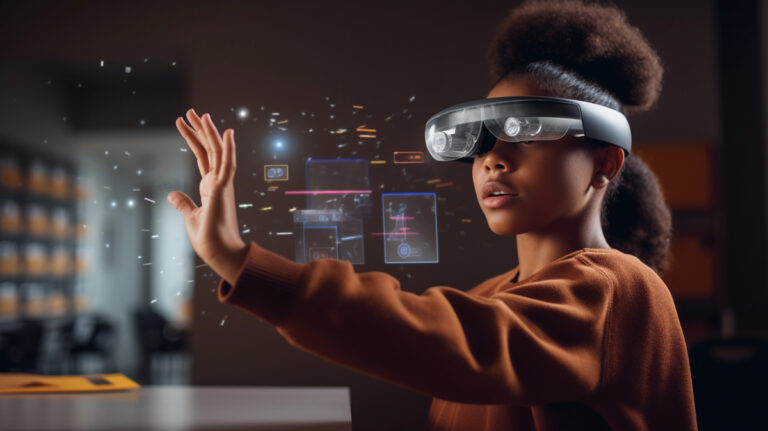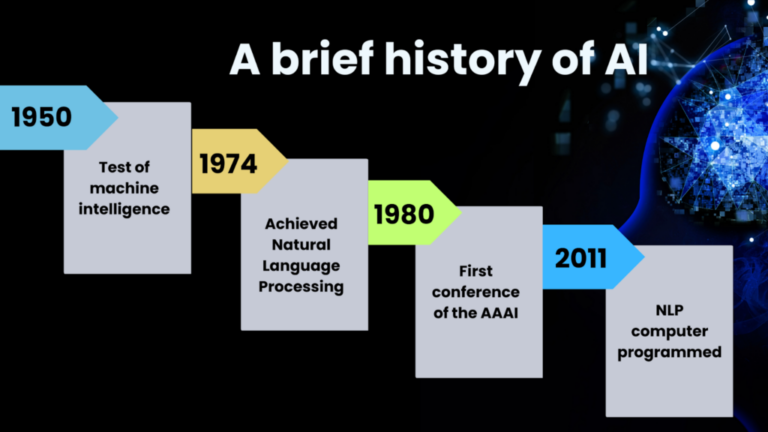From Data to Diagnosis: AI in Healthcare
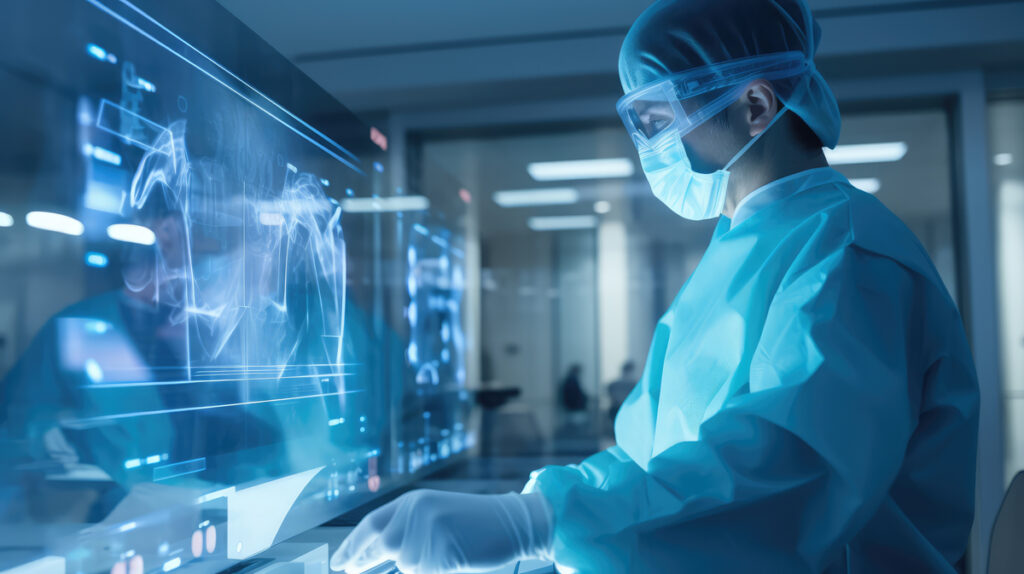
Imagine sitting with a loved one who suddenly experiences a drooped smile, unintelligible speech and numbness down their arm, face, or leg. When this happens, calling 911 immediately is a must as these often indicate stroke symptoms — a terrifying condition where brain cells start to die in mere minutes.
Luckily, if the call is made quickly enough, that loved one can be taken to a Daytona-area health facility where specialists can quickly work to save brain cells and body functions — all with the help of artificial intelligence (AI).
“AI is a great tool for helping physicians and staff diagnose and treat patient’s symptoms faster and with strokes…time is brain,” says Dr. Steven Miles, a radiology physician leader at Halifax Health.
At Halifax Health, more than 500 patients at risk for stroke have been appropriately diagnosed through computer-assisted interpretation, says Dr. Miles. While stroke symptoms may be similar from person to person, not every stroke patient has the same experience. That’s where the AI tools can be helpful.
Halifax Health’s RAPID AI is used about six times a day to offer clinical decision support faster than ever. In fact, the intelligence it uses is from seven million brain scans worldwide to offer intervention methods and predict outcomes for stroke patients.
“It’s a very accurate tool,” Dr. Miles says. “As different as people are on the outside, they are just as different on the inside. It helps us give them a better outcome.”
There’s no doubt AI is transforming the world as we know it.
In the greater Daytona region, it’s changing the way patients receive care in healthcare facilities like Halifax Health and AdventHealth.
AI usage is paving the way for improving staff workflow times, creating more detailed healthcare summaries and developing higher-quality imaging for doctor viewing.
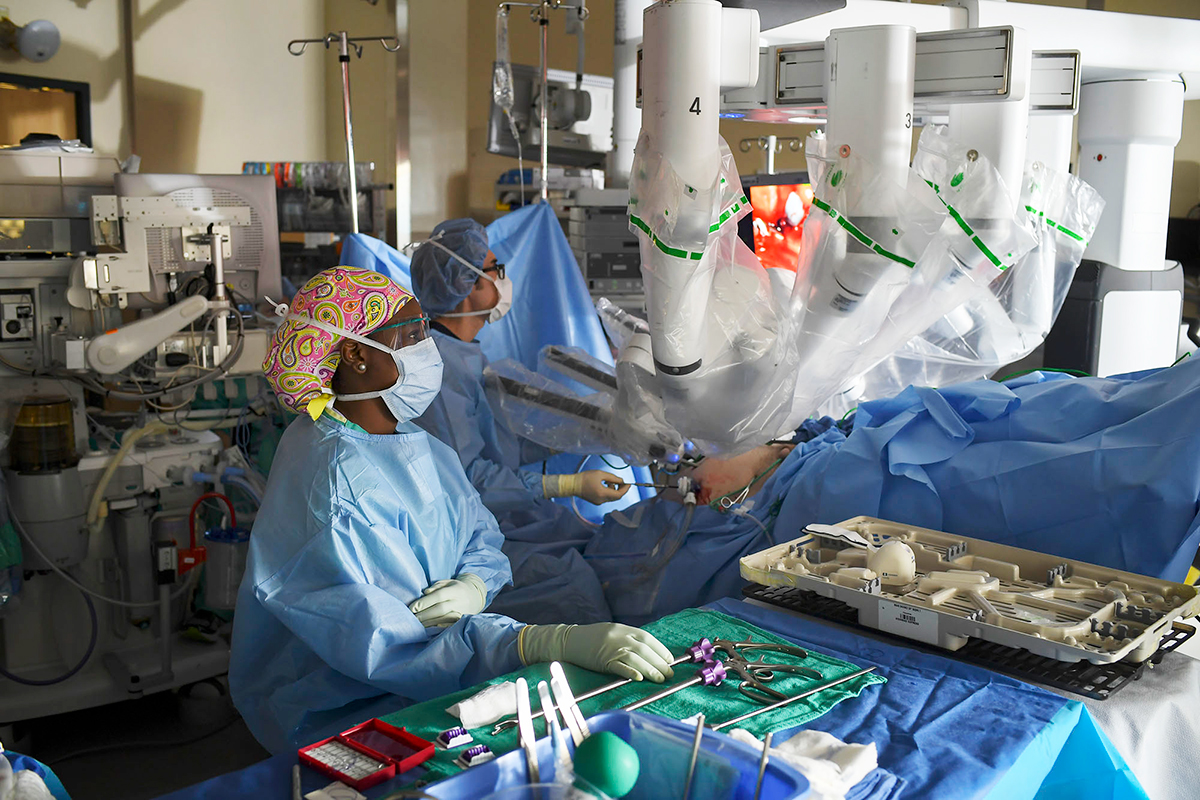
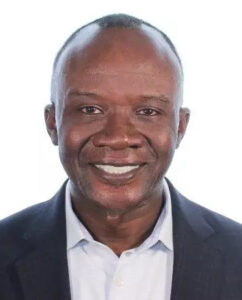
For example, AdventHealth Daytona Beach locations have various AI-enhanced capabilities. Imaging service facilities – such as urgent care centers and stand-alone radiology centers – are already benefiting from AI.
“Imaging is one of the spaces where we’re seeing major enhancements thanks to AI,” says Dr. David Sinclair, chief medical officer for AdventHealth Daytona Beach. “Our imaging equipment embedded with AI can produce a drastically better image quality, giving physicians a better look at their patient, all in a fraction of the time. This means patients with a time-critical emergency can get a faster, more accurate scan completed at our emergency rooms and urgent care centers.”
Dr. Miles says emergency rooms will start using more AI tools to properly triage patients.

“There is also a lot of effort being put into triage tools; you can be interviewed by an automated process,” he says, noting there are apps on smartphones that people can use as well for similar experiences. “It’s not a diagnosis, but information on what to do next. It can clearly lead you to what to do next for your health. That same type of information can be used to triage you in an emergency room.”
Instead of fighting against technological advances, healthcare institutions that embrace AI tools will save money and improve patient care over time. Eventually, AI could lead to savings of 5-to-10% in U.S. healthcare spending, according to a report published in the National Bureau of Economic Research. That’s roughly $200 billion to $360 billion.
“AI is helping us capture more accurate, detailed care summaries in our patients’ health records,” says Rob Purinton, vice president of analytics & performance improvement at AdventHealth. “Having reliable and detailed care notes not only helps our patients stay on top of their health, but it also helps our clinicians collaborate more effectively by having a fuller picture of their patient’s whole health.”
Dr. Miles likens AI usage in healthcare to pilots landing planes these days. When commercial planes first came out, autopilot didn’t exist, and there was more room for human error with air traffic controllers. Now, pilots can more safely land due to tools similar to AI, which is comparable to the power of AI healthcare tools, he says.
“Is it going to replace radiologists? It will make me better, faster and more accurate, but it won’t replace the thought process,” he says. “To me, it’s all about increasing the velocity of the care. Nobody likes to wait when they’re sick. As I move faster, you want me to be more accurate. That’s what the tools do.”
At the end of the day, the tools allow physicians and nurses to have a smoother, faster and more precise workload, Purinton says.
AdventHealth also has data scientists in-house creating tools to specifically benefit its patient care in a way that other tools can’t, says Purinton.
AI will continue to advance and further become an ongoing part of healthcare in the future, according to a Harvard Medical School report. Medical-grade AI language models could take part in everything from writing letters explaining the medical necessities of treatment to providing advice for diagnosis and treatment of symptoms.
“Where you look at where AI is going to go with medicine, it’s going to improve the velocity of care and the accuracy of care,” says Dr. Miles. “That’s what it’s going to do for healthcare.”



